 For me, it was the sheer number of fields in which Roget developed a working knowledge, and in which he also had significant influence. Roget was interested in just about everything and wrote papers, articles, and books on subjects ranging from botany to mathematics and optics to public health. Today, when most people super-specialize in a field or a skill set, this may seem unfocused. But in Roget’s time, when there was no such thing as a professional scientist, this broad intellectual life was encouraged and admired.
For me, it was the sheer number of fields in which Roget developed a working knowledge, and in which he also had significant influence. Roget was interested in just about everything and wrote papers, articles, and books on subjects ranging from botany to mathematics and optics to public health. Today, when most people super-specialize in a field or a skill set, this may seem unfocused. But in Roget’s time, when there was no such thing as a professional scientist, this broad intellectual life was encouraged and admired.Guest Bloggers: Jen Bryant and Melissa Sweet
 For me, it was the sheer number of fields in which Roget developed a working knowledge, and in which he also had significant influence. Roget was interested in just about everything and wrote papers, articles, and books on subjects ranging from botany to mathematics and optics to public health. Today, when most people super-specialize in a field or a skill set, this may seem unfocused. But in Roget’s time, when there was no such thing as a professional scientist, this broad intellectual life was encouraged and admired.
For me, it was the sheer number of fields in which Roget developed a working knowledge, and in which he also had significant influence. Roget was interested in just about everything and wrote papers, articles, and books on subjects ranging from botany to mathematics and optics to public health. Today, when most people super-specialize in a field or a skill set, this may seem unfocused. But in Roget’s time, when there was no such thing as a professional scientist, this broad intellectual life was encouraged and admired.
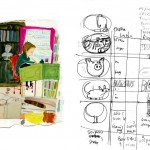
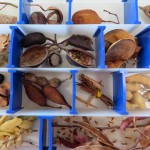
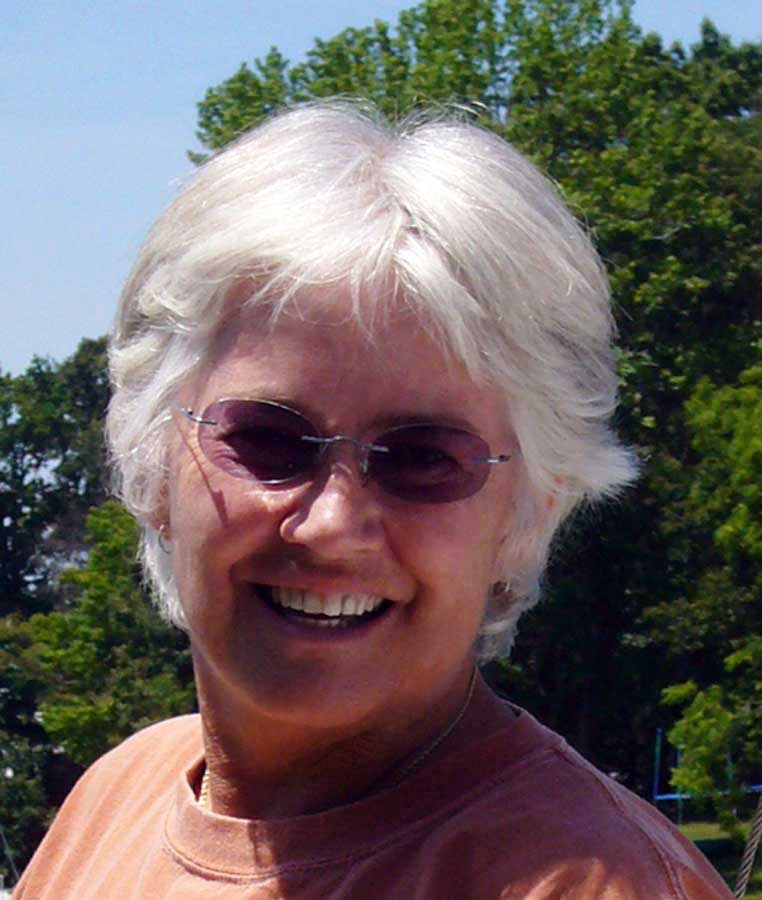 My interest in the natural world began early. It stemmed from my mother’s infectious excitement on hearing the song of an oriole, then finding its intricate hanging nest at the top of a nearby cottonwood tree. And from my father’s comments on the geology of the landscapes streaming past our car windows on our annual summer vacations—the alluvial fans, volcanic cones, scarp and dip slopes, and the forces that created them billions of years ago. My father also taught us the names of constellations and studied the bark of trees during our woodland walks.
My interest in the natural world began early. It stemmed from my mother’s infectious excitement on hearing the song of an oriole, then finding its intricate hanging nest at the top of a nearby cottonwood tree. And from my father’s comments on the geology of the landscapes streaming past our car windows on our annual summer vacations—the alluvial fans, volcanic cones, scarp and dip slopes, and the forces that created them billions of years ago. My father also taught us the names of constellations and studied the bark of trees during our woodland walks.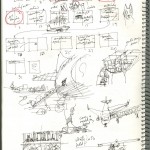
 When I start a book I know what it’s going to be about, but I almost never know the best way to tell the story. With Jet Plane: How It Works (David Macaulay Studio, 2012), I started with elephants. I was thinking about how remarkable it is that heavy things can fly.?
When I start a book I know what it’s going to be about, but I almost never know the best way to tell the story. With Jet Plane: How It Works (David Macaulay Studio, 2012), I started with elephants. I was thinking about how remarkable it is that heavy things can fly.?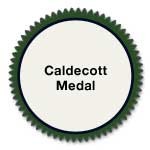
 Yes, it’s true. I have always loved concept books. ABCs, one-two-threes, reds yellows blues, you name a concept book – chances are, I loved it.
Yes, it’s true. I have always loved concept books. ABCs, one-two-threes, reds yellows blues, you name a concept book – chances are, I loved it. “I think you should write a book called Green.” One evening in 2007, I received an email from Neal Porter. He wrote, “Here’s a title for you and Pete. Green.” Neal Porter is my editor at Macmillan’s Roaring Brook Press. We’ve worked together on each of the 15 books I’ve written and illustrated. In the past, most of the ideas for the books have originated in my journal. This was the first time we began with just a title.
“I think you should write a book called Green.” One evening in 2007, I received an email from Neal Porter. He wrote, “Here’s a title for you and Pete. Green.” Neal Porter is my editor at Macmillan’s Roaring Brook Press. We’ve worked together on each of the 15 books I’ve written and illustrated. In the past, most of the ideas for the books have originated in my journal. This was the first time we began with just a title.